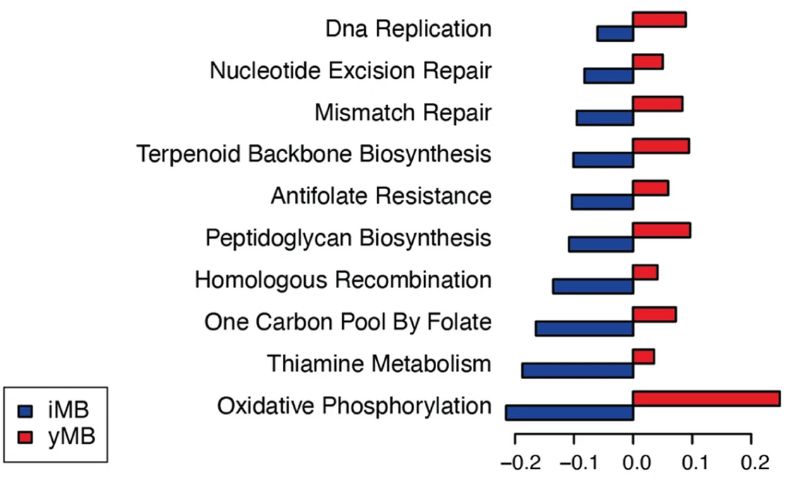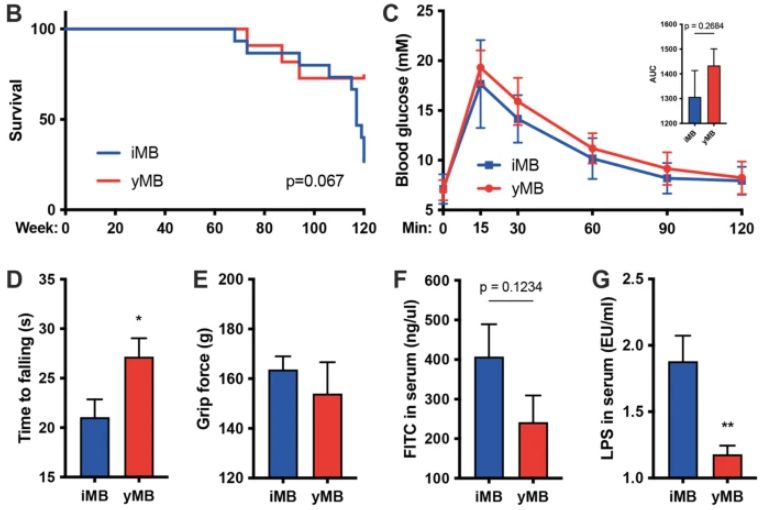
🔗 www.uniklinikum-jena.de/menobrain/en...

🔗 www.uniklinikum-jena.de/menobrain/en...




When analyzing all layers together, microbial signals dropped out (b) in the plot). Instead, strongest predictors came from the colon, with relatively few from the brain. This suggests that microbial effects on cognition are indirect—mediated through host responses in the gut.

When analyzing all layers together, microbial signals dropped out (b) in the plot). Instead, strongest predictors came from the colon, with relatively few from the brain. This suggests that microbial effects on cognition are indirect—mediated through host responses in the gut.
Standout signals:
– Immune and developmental processes
– Microbial species & functions
These highlight deep connections between immunity, microbiota, and cognition in aging.

Standout signals:
– Immune and developmental processes
– Microbial species & functions
These highlight deep connections between immunity, microbiota, and cognition in aging.


- Enhanced tryptophan catabolism → systemic Trp depletion
- Impaired NAD biosynthesis
- Reduced transamination → nitrogen imbalance
- One-carbon cycle suppression → altered phospholipid composition

- Enhanced tryptophan catabolism → systemic Trp depletion
- Impaired NAD biosynthesis
- Reduced transamination → nitrogen imbalance
- One-carbon cycle suppression → altered phospholipid composition















